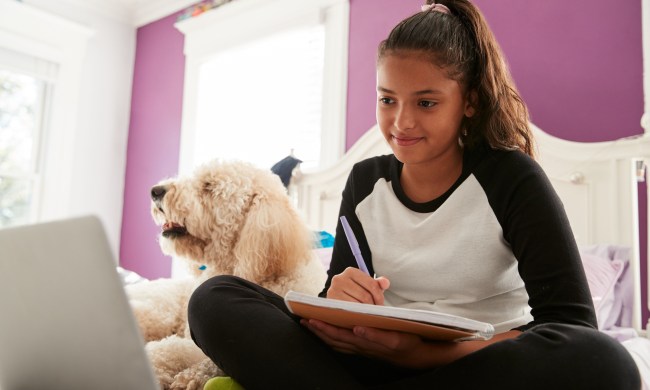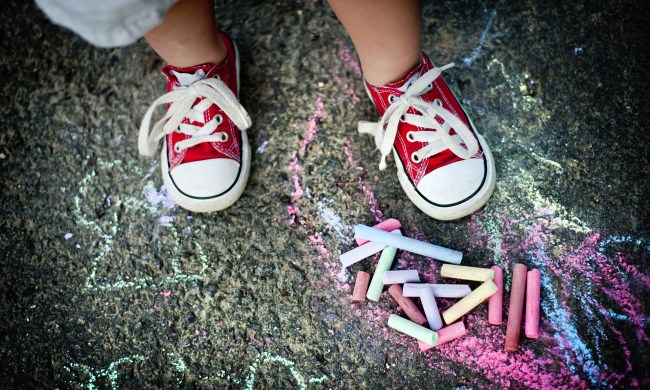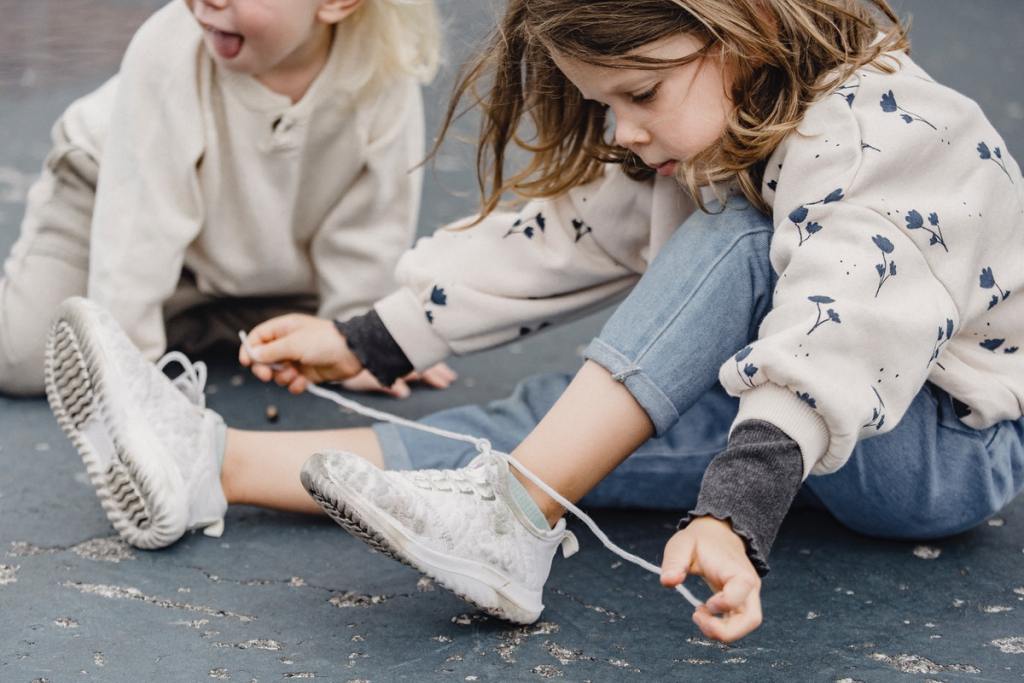
Adults don’t think twice about tying shoes and you probably don’t even remember how you learned. Was it something about bunny ears and popping into a house? Learning to tie shoes is a big milestone for kids, albeit a tough one. Tying shoes can be frustrating for kids and for the parents trying to teach them. The classic bunny ear rhyme doesn’t work for all kids and neither do songs or poems. So, how do you help a child tie shoes?
While it may be tempting to avoid teaching kids to tie shoes, it has to happen sooner or later because you can’t use velcro shoes forever. A great way to help your kids master this all-important skill is to turn to YouTube. Of course, there are YouTube videos for learning to tie shoes. There are YouTube videos for just about anything and kids love YouTube. Putting the two together can be a win-win situation especially if your child learns to tie.
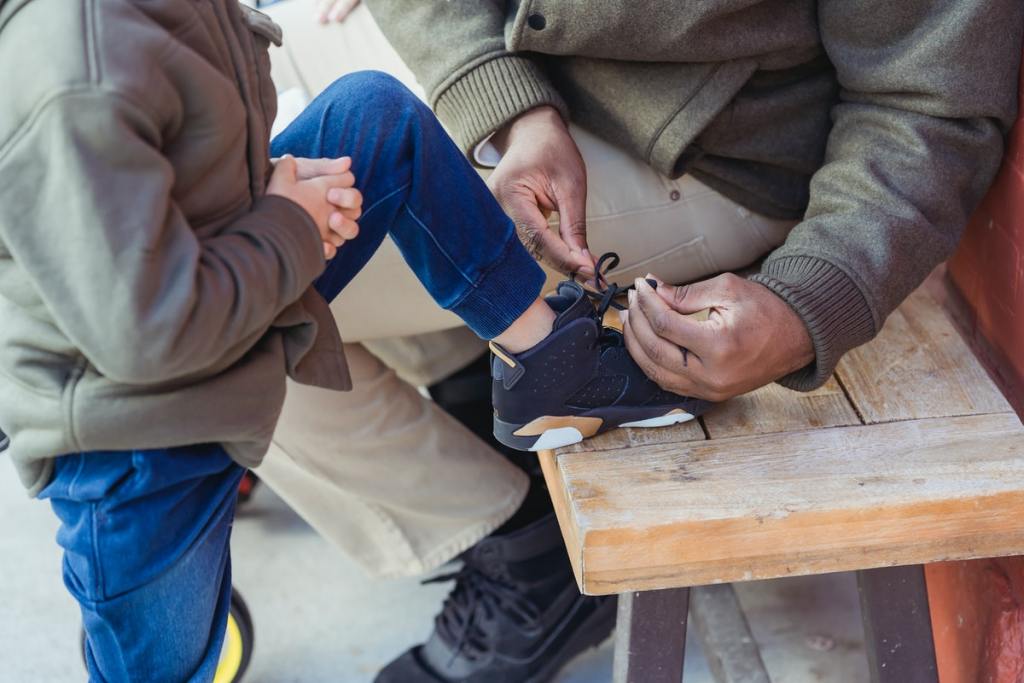
How to use YouTube to help your child learn to tie
If you've tried the bunny ear method to teach your child how to tie shoes and it's still a work in process, YouTube is a surprisingly helpful option. There isn't a shortage of YouTube videos on shoe tying and some of them just might be the trick to finding the right method that clicks with your child.
Step 1: Demonstrate the shoe tying process step-by-step for your child.
Step 2: Have them try. If the process continues to be difficult, stop. Stressing your child out with the mechanics only raises the frustration level.
Step 3: Set the shoe aside and grab a smartphone or whatever device you watch YouTube videos on.
Step 4: Choose a YouTube video on shoe tying and watch with your child. We have five fabulous ones to try below.
Step 5: Watch your child's reaction to see if there's a connection.
Step 6: If so, re-watch the video at least three times.
Step 7: Have your child try the method using his or her shoe. Pause and rewind the video if needed.
Step 8: Practice. Even if the light bulb goes on and your child now understands the process, it will still take time to master the technique. Have them continue to practice. Five minutes a day is ideal.
Step 9: Try not to stress. Shoe tying — even with a YouTube hack leading the way — will take time to master. Just continue to be positive and encouraging. Stressing yourself out only frustrates your child.
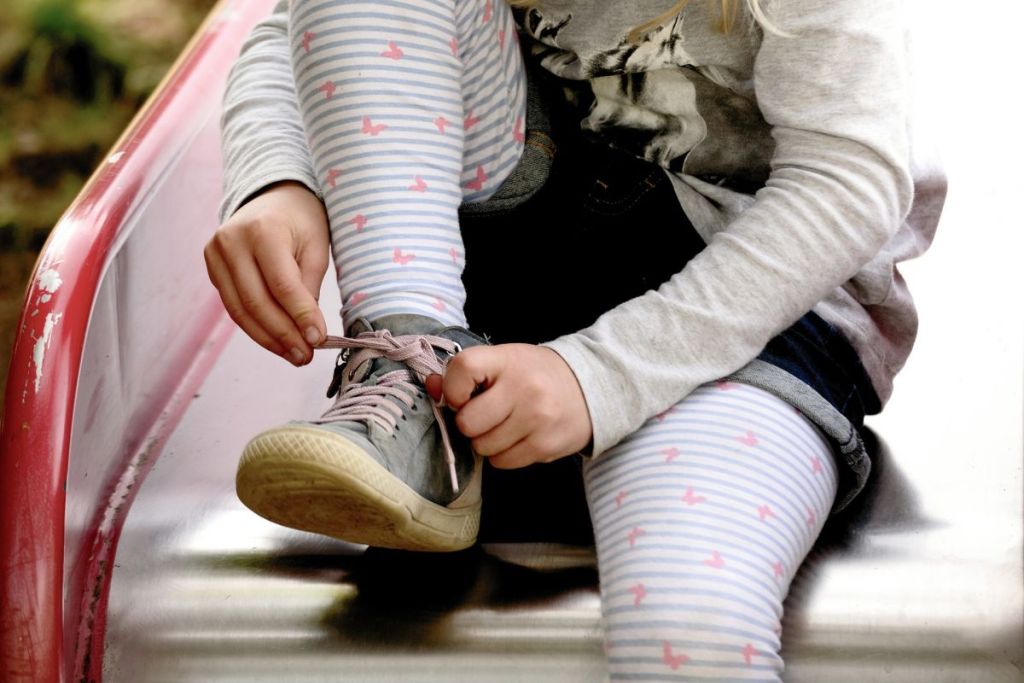
The best YouTube videos to teach kids how to tie shoes
If other methods have tried and failed, grab the smartphone and pull up YouTube. Here are some shoe tying that just might do the trick:
If your child is almost there with mastering shoe tying, give this short, five-step instructional video from a try. The instructions are simple and demonstrated by a young child. This straightforward video just may do the trick for a child who is on the cusp of learning to tie.
Frustrated kids trying to learn how to tie their shoes will definitely relate to this. In this three minute plus YouTube video, the Kidsplainer gives step-by-step instructions to help kids tie their shoes. Kids can follow and practice along with the Kidsplainer are he goes through the directions. This is also a useful video for kids super close to learning how to tie.
This short YouTube video claims to be the easiest way to teach kiddos how to tie shoes. This is a great shoe-tying hack for kids who can’t quite master those bunny ears. UnstoppableMother demonstrates first but then brings her son in to show just how quickly kids can pick up the trick.
This YouTube video says it has the “coolest shoe-tying trick ever” and it really does. Five-year-old Colton shows off a shoe-tying hack he picked up from his buddy River. This unique shoe tying trick has kids putting the shoelace end into the top lace hole to make a loop before joining the two together by making the traditional X and pulling through. To double knot, all kids have to do is repeat the process. When they’re finished, kids just need to pull the lace out of each lace hole.
How to Tie Shoes From an OT Perspective
This has a longer shoe-tying video that shows parents how to teach kids how to tie and gives insight into the research behind it. The video also helps parents by showing them exactly how to show a child, including where to sit when giving instructions. Mister OT suggests using two different colored shoelaces as well as laces that have different textures. The different colors and textures make it easier for kids to tell the difference between the laces and where they need to go. Mister OT also talks about the importance of using a video component in addition to parent instruction especially for kids who are struggling with the shoe tying concept or have special needs.
As an adult, you don’t really think about tying your shoes. It is just something you do. Most of us have blocked out the learning process and whether or not it was frustrating to you as a kid. For many kids, learning to tie shoes is quite hard. Sometimes it’s equally as hard for parents to teach because they don’t understand why the child is having such a difficult time when others seem to pick up on it so easily. YouTube shoe tying videos are another way to help kids learn to tie. Like Mister OT says in his shoe tying video, some kids just need that video component to learn to tie. If your child is struggling to learn to tie, take a look at these shoe tying videos on YouTube. Two offer simple shoe tying hacks that are great for the struggling child. If your child is almost there, watching a YouTube video from the Kidsplainer or the Colorado Children’s Hospital may be just the ticket to mastering this all-important skill.


